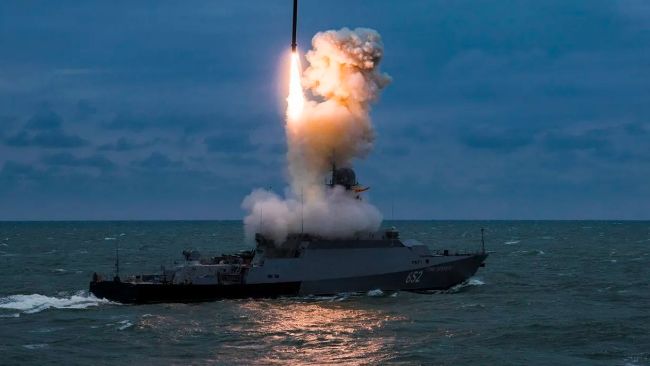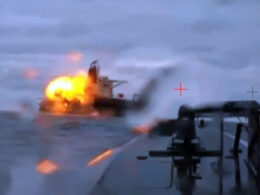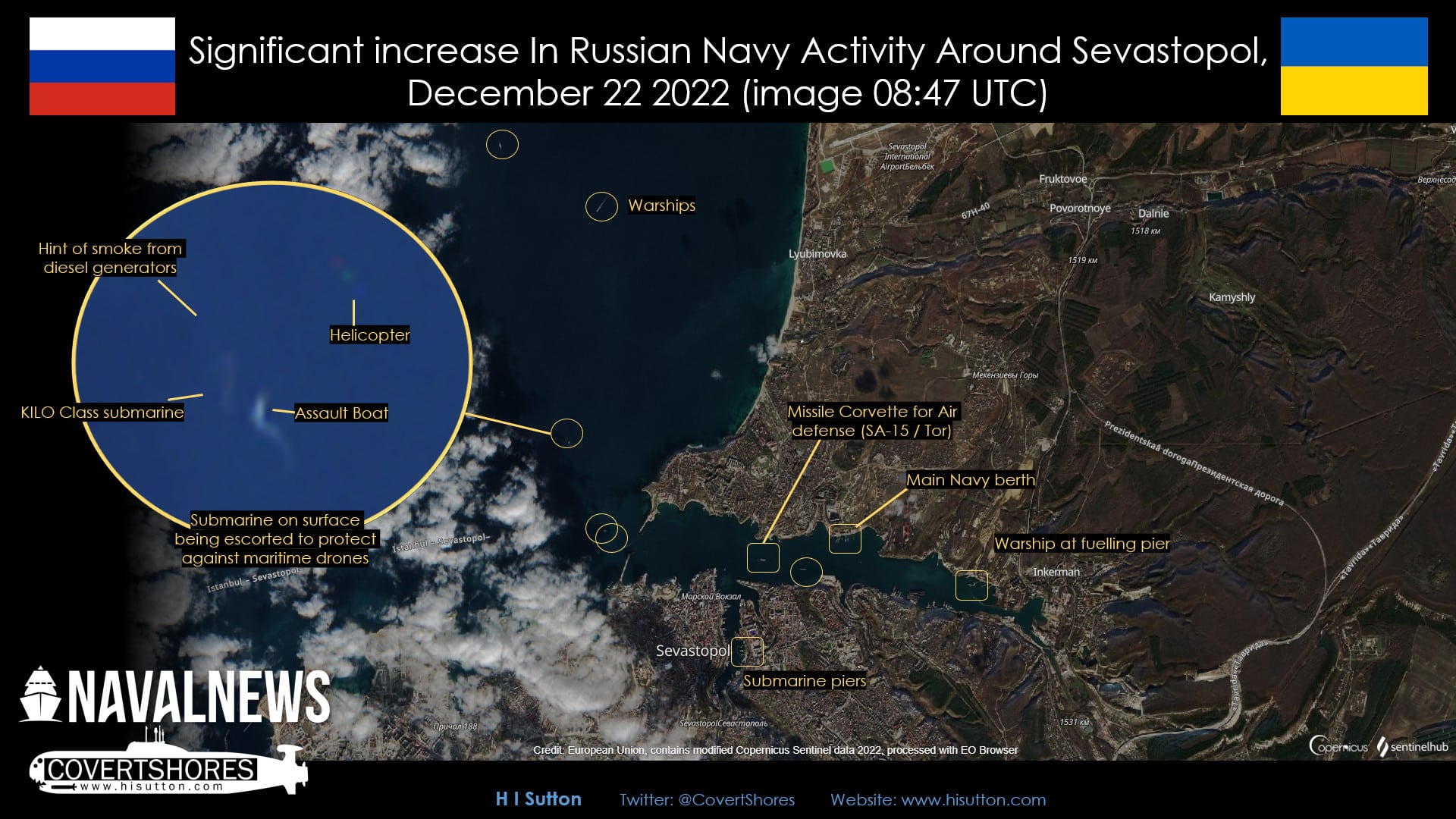The General Staff of Ukraine's Armed Forces reported on 8 October a significant increase in Russian naval presence in the Black Sea.
As of 6 AM on 8 October, Russia has deployed 16 ships in the Black Sea, including seven carriers of Kalibr cruise missiles with a total salvo capacity of up to 48 missiles, according to Ukraine's military.
This marks a substantial escalation from the previous day when only 4 Russian ships were in the area. This naval presence increases the threat of sudden, large-scale missile attacks against Ukraine, potentially causing substantial damage to key strategic locations and critical infrustructure.
Ukraine's military said on Facebook that by turning off automatic identification systems, the Russian Federation continues to violate the 1974 International Convention for the Safety of Life at Sea (SOLAS).
The report also notes the Russian ships' absence in the Sea of Azov. However, two vessels traveling from the Bosphorus Strait have passed through the Kerch Strait into the Sea of Azov within 24 hours, reportedly in Russia's interests.
This naval buildup follows a pattern of increased Russian military activity in the region. On 7 October, the Russian occupying forces deployed four Kalibr cruise missile carriers in the Black Sea, capable of launching up to 24 missiles.
Aviation expert Anatoliy Khrapchynskyi, commenting to RBC-Ukraine, said Russia may use Kalibr missiles more frequently for strikes against Ukraine than Kh-101 missiles.
Dmytro Pletenchuk, a representative of the Ukrainian Navy, revealed in July that the Russian army is constructing unified launch systems for both Kalibr and Oniks missiles. This development is reportedly in response to Ukraine's high success rate in intercepting enemy missiles.
Kalibr and Kh-101 missiles are long-range cruise missiles used by Russian forces but differ in their launch platforms and typical payloads. Kalibr missiles are primarily sea-launched from naval vessels and submarines, while Kh-101 missiles are air-launched from strategic bombers. Kalibrs are generally smaller and have a shorter range than the Kh-101, but they can be deployed in larger numbers from naval platforms, potentially overwhelming air defenses.
Read also:
- Ukrainian forces destroy Russian 2S7 Pion heavy artillery with cluster munition
- Ukraine receives artillery shells funded by a Slovak crowdfunding initiative
- Russian forces enter eastern Toretsk as fierce street battles erupt, Ukrainian military says




